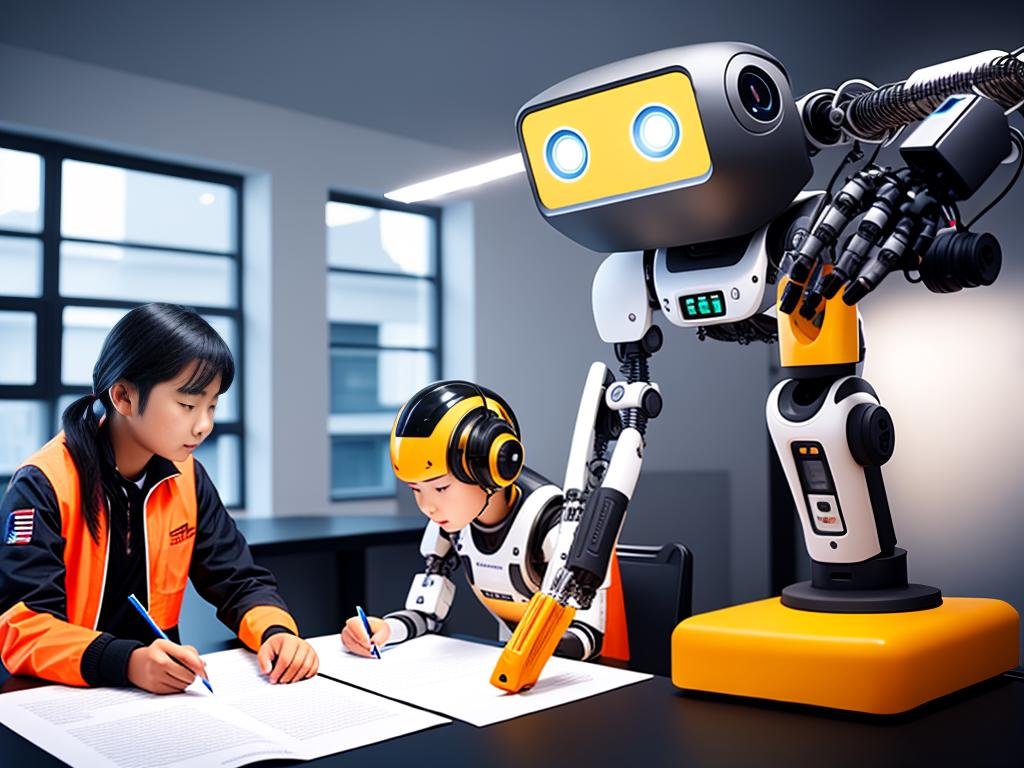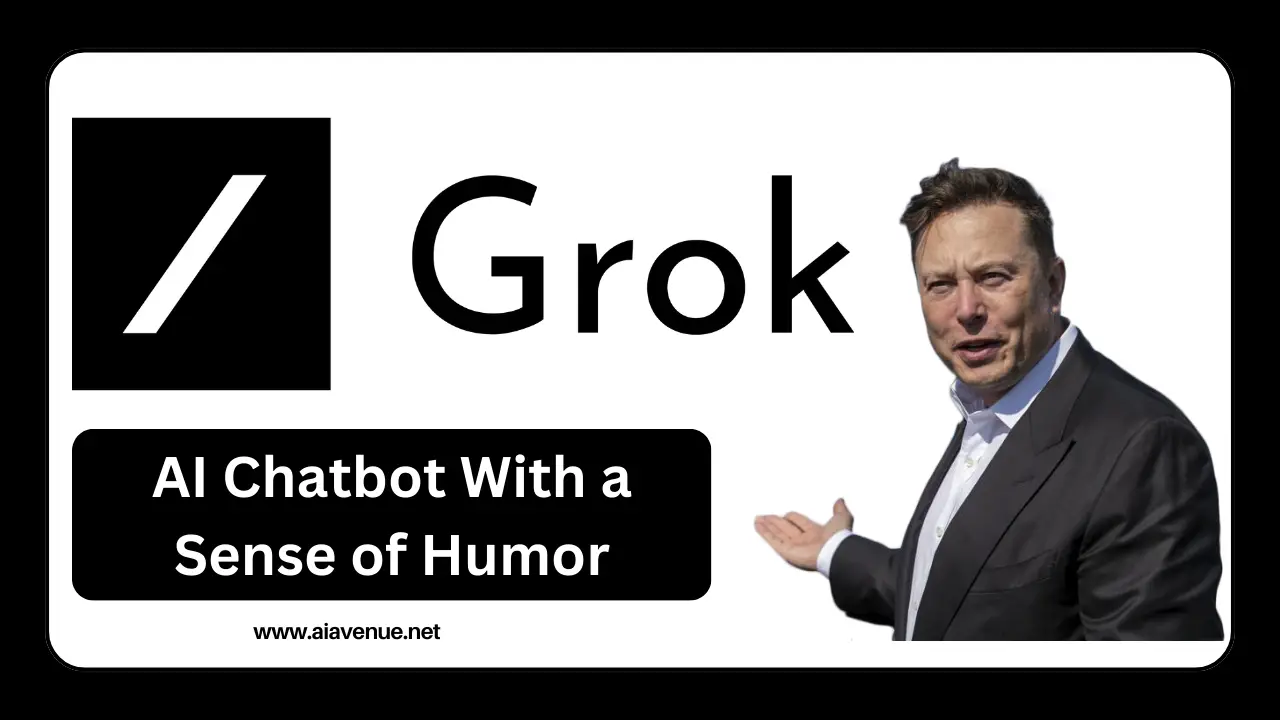In an increasingly digital world, the concept of Artificial Intelligence (AI) has a significant bearing on almost every sector, including education. AI is reshaping how we comprehend learning and teaching, revolutionizing traditional methods and introducing innovative techniques. Our exploration starts with understanding AI and its increasing relevance to contemporary education. This journey will then take us through the myriad of benefits that AI provides, from personalized learning experiences to administrative efficiency. As much as AI is a game-changer, it comes with several challenges and limitations, which we will delve into in this discourse. This journey through the world of AI in education wouldn’t be complete without practical, real-life examples of its successful integration in the form of case studies. Finally, we shall gaze into the future – exploring the promising prospects that AI carries within the realm of education. The aim is to inform, inspire, and stir insightful conversations about the future of education woven with Artificial Intelligence.
Understanding AI and its relevance in Education
Understanding AI: The Artificial Intelligence Construct
Artificial Intelligence, often abbreviated as AI, refers to machines or software that exhibit human-like intelligence. It encompasses a multitude of functionalities including learning, reasoning, problem-solving, perception, and language understanding. Typically, AI involves developing algorithms that allow machines to learn from data, enabling them to make predictions or decisions without being explicitly programmed to do so. This intelligent behavior is grounded on intricate and complex mathematical algorithms using programming languages like Python, Java, and many more.
AI in Education: Necessity vs Innovation
AI is rapidly changing the landscape of various industries, and education is no exception. While traditional classrooms have served their purpose for decades, the digital age has brought forth an immense necessity for transformation. Consisting of data-driven, personalized, interactive and engaging learning experiences, AI’s potential in education extends well beyond mundane administrative tasks.
AI-driven Personalization in Learning
AI makes it possible to create customized educational content tailored to the specific needs of individual students. By analyzing previous data on a learner’s behavior, performance, and habits, AI-driven platforms can deliver personalized material and resources that best amplify a student’s understanding and comprehension. For example, a student who struggles with calculus might receive additional math exercises or easy-to-understand explanations generated by an AI system.
AI as Digital Assistants for Educators
AI can also assist educators by reducing their burden of administrative tasks such as grading, students’ performance assessment, and curriculum planning. By automating these tasks, the AI frees up more time for teachers to focus on improving their instructional methods and interacting effectively with students.
AI in Enhancing Accessibility in Education
Artificial Intelligence has also opened up opportunities for learners who might have otherwise faced challenges in accessing educational resources. For instance, AI-powered technologies like speech recognition and text-to-speech translators help students who have visual impairments or learning difficulties.
Future of AI in Education
The future utility of AI in education seems promising, replete with opportunities. As it continues to evolve, AI holds immense potential to further revolutionize the learning experience, offering students a more holistic and personalized learning journey. Researchers are optimistic that AI will contribute to making education even more interactive and immersive, thereby improving students’ overall academic performance.
Emerging as a notable force in the educational landscape, AI has shown its potential in reshaping the way we learn and teach. By enabling personalized learning experiences, serving as a tool for teacher aid, and improving accessibility, AI has embedded itself as a strong ally for both educators and students. However, the introduction of AI in education also accompanies its own share of challenges, including those associated with ethics, data privacy, and the necessity to strategize its implementation for boosting its efficiency. Therefore, infusing AI into the education system should be a balanced mix of innovation and thoughtful evaluation, addressing all necessary factors.

Benefits of AI in Education
Understanding the Benefits of AI in Education
The application of Artificial Intelligence (AI) in education is revolutionizing traditional teaching methods, enriching the learning environment, and paving new pathways for both students and teachers. It’s no longer a concept confined to the realms of science fiction – AI has progressively found its place in our classrooms, carrying an array of advantages along with it.
Personalized Learning
One of the most prominent advantages of AI in education is the ability to personalize learning. AI enables adaptive learning programs that can modify teaching methods based on the individual learning pace of the students.
These intelligent systems can identify areas where a student is struggling, allowing educators to focus on specific areas of improvement. Moreover, AI also helps in offering a customized learning path to students based on their strengths and weaknesses. It presents challenging content to students who are progressing quickly, while those who need more assistance are presented with reinforcement activities.
Efficiency in Administrative Tasks
AI not only aids in teaching but also improves administrative efficiency. Intelligent automation tools can handle tasks such as grading, scheduling, and even answering common student inquiries. This automation frees up time for administrators and educators, permitting them to focus on more valuable tasks.
AI-powered chatbots, for instance, can handle thousands of repetitive queries from students, providing instant answers or redirecting them to the appropriate channels. Furthermore, automated grading systems can help educators analyze the performance of students on standardized tests in real-time.
AI-Powered Tutoring and Mentoring
Artificial Intelligence also allows the introduction of AI-powered tutors and mentors. These virtual educators can provide 24/7 guidance to students, assisting them with learning materials, concept explanation, or homework help.
AI mentors can track the progress of individual students and provide constructive feedback on their performance. They can also make recommendations on resources or areas of study that could benefit the student. The continual monitoring and feedback from AI tutors can help maintain students’ engagement and motivation in their studies.
Discussing The Potential Prospects and Pitfalls of AI in Education
While the application of AI in education undoubtedly brings forth numerous advantages, it is also accompanied by its unique set of drawbacks. Issues pertaining to data security and privacy, the access and dependability of these technologies, all need careful consideration and resolution.
Yet, the forward march of technology signifies that AI will continue to embed itself deeper into the education system. This expansion is set to deliver more personalized, dynamic, and interactive learning experiences. Additionally, it will provide valuable aid to educators in managing administrative tasks, thus freeing up substantial time and resources. With AI already starting to revolutionize traditional teaching practices, its future influence in education is something to keep a close eye on.

Challenges and limitations of AI in Education
Getting To Know AI in Education
Artificial Intelligence (AI) has permeated various aspects of our daily lives, proving to be a vital force in enhancing the efficiency, precision, and effectiveness of systems across numerous sectors. The education sector is no exception. Here, AI finds its functionality in diverse areas such as grading, tailoring learning to individual needs, and predictive analysis. For the successful implementation of AI, it’s paramount that educators are brought up to speed with its drawbacks and the ways to surmount them.
The Lack of Human Touch in AI
Despite the numerous advantages that AI brings to education, a vital limitation is the lack in human touch. AI systems can replicate responses based on certain prompts, but they are incapable of understanding and responding to human emotions. For example, a student may have a bad day and may need emotional support which AI systems cannot offer. Multiple nuances and subtleties in student reactions can be picked only by human teachers.
Data Security Issues in AI
When AI systems are applied in education, they require a significant volume of data to function effectively. This data may include delicate information such as students’ personal details, their academic progress, strengths and weaknesses among others. Gathering, storing and analyzing such large volumes of data can create privacy issues. There can also be concerns about how this data is being utilized and potential misuse if it lands in the wrong hands.
High Implementation Costs
Implementation of AI in schools and educational institutions involves large capital investments. These costs can encompass software and hardware, maintenance, as well as the training of both teachers and students to use the AI systems. Such high costs can further contribute to the increasing educational inequality among countries, and among different communities within a country.
Excessive Dependence on AI
The increased use of AI in education can create a dependence on the technology. This may result in students losing their critical thinking abilities and academic skills. Without human teachers guiding them and encouraging them towards independent thinking, students may tend to heavily rely on AI and lack the ability to come up with creative ideas and solutions.
AI’s Potential for Bias
AI systems are programmed which means that they can also carry the bias of the developers who build them. For instance, in AI grading systems, the AI could be biased towards certain answers or ways of solving problems over others, which could be to the detriment of students.
Conclusion
Despite the challenges, the potential of AI technology in shaping the education sector is immense. By taking into account various ethical, privacy, and transparency-related problems, the scope and impact of AI in universally improving educational experiences can be enhanced.

Photo by vitalysacred on Unsplash
Case Studies of AI in Education
Practical Application of AI: A Glimpse of Georgia State University’s AI Initiative
In order to demonstrate the potential and usefulness of AI in education, consider the case of an AI-driven chatbot called “Pounce,” utilized by Georgia State University (GSU). Launched in 2016, “Pounce” serves to relay critical notifications to students, respond to their questions, and minimize the ‘summer melt’ (students who, despite accepting a place at the university, decide not to enroll).
‘Pounce’ integrates with GSU’s student information system, drawing data to facilitate personalized interactions with students. The chatbot, in its first operational year, sent close to 200,000 messages, assisting students with a wide range of issues, including financial aid and housing. As per reports from GSU officials, ‘Pounce’ has successfully contributed to a 22% decrease in the summer melt rate.
AI Tailoring Personalized Learning: A Case in AltSchools
AltSchools, a network of private K-8 schools in California and New York, uses a personalized learning platform powered by technology, including AI. The AI platform helps in creating personalized learning plans for students based on their progress, strengths, and areas of improvement.
By using the AI platform, AltSchools aims to develop skills such as critical thinking, problem-solving, and creativity in students, rather than focusing solely on standardized academic skills. The platform assists teachers in making informed decisions in real-time to adjust the learning process and match each student’s unique learning path.
AI Assisting in Language Learning: Duolingo
Duolingo, an online language-learning app, implements AI to personalize and adapt each lesson according to the user’s level of understanding and their learning pace. Duolingo’s AI engine uses machine learning algorithms to adapt itself to the user’s learning style and determine the best time to introduce new words or review old ones.
The AI system also helps keep users engaged by setting deliverable goals and personalized daily lessons. Duolingo monitors users’ performance and adapts the difficulty level according to their learning curve, which makes the learning process more effective.
The Role of AI in Special Education: Microsoft’s Learning Tools
Microsoft’s Learning Tools, an AI-powered tool, focuses on improving reading and writing for people, regardless of their age or ability. The Immersive Reader, a tool within this suite, uses AI to read text aloud, break it into syllables, and increase spacing between lines and letters. This tool is particularly helpful for students with dyslexia, dysgraphia, ADHD, and emerging readers.
Another feature in Microsoft’s suite, the Translator, uses AI to overcome language barriers. It enables teachers and students to translate speech and text in real-time, useful for educators teaching in linguistically diverse classrooms.
Artificial Intelligence (AI) is paving the way for a monumental shift in the field of education. Empowering personalized learning, enhancing student engagement, facilitating in overcoming learning disabilities, and breaking down language barriers, the potential of AI to transform our educational practices in the digital era is boundless.

Future of AI in Education
Forecasting the Future: The Implications of AI in Education
A deep dive into the potential of Artificial Intelligence (AI) reveals a future where education becomes more personalized, global collaboration is enhanced, and administrative operations are streamlined. Steady advancements in research and technological innovation hold promise for an enriched learning environment, continually unveiling new capabilities of AI in the realm of education.
AI in Personalized Learning
One of the primary applications of AI in education is in delivering personalized learning experiences to students. AI adapts to the learning patterns, pace, and needs of each student, thus ensuring an efficient and tailored learning path. For instance, AI-powered teaching assistants like Carnegie Learning’s Mika software provide real-time feedback to students, helping them understand and correct their mistakes independently.
Future trends envision AI being integrated more deeply into learning content and programs. AI systems are being designed to understand students’ learning styles, identify their knowledge gaps, and provide specific and personalized learning strategies and materials to address these gaps.
AI in Global Collaboration
AI has also fostered collaborative learning by bridging geographical and cultural divides. AI tools like Microsoft’s Translator facilitates real-time translation, enabling students and educators from different countries and cultures to learn and collaborate effectively.
Future enhancements in AI might enable seamless communication across language barriers, promoting a more inclusive and intercultural educational experience. There is also increasing interest in exploring how AI can facilitate metaverse-based education, a form of immersive and interactive digital learning experience that can be accessed from anywhere.
AI in Administrative Efficiency
While AI has enhanced the learning experiences, it has also improved administrative tasks. AI can streamline admission processes, schedule classes, grade tests, check attendance, and generate personalized report cards. All these benefits reduce administrative workloads and enhance productivity.
Looking ahead, continued research and development in AI will further optimize administrative tasks. Innovative ideas like predictive analytics can help administrators forecast student enrollments, manage resources adequately, and implement interventions to improve student performance.
Exploring Ethical Considerations
As the education sector explores the potential benefits of AI, it’s also crucial to discuss the ethical implications. There is a concern regarding data privacy, bias in AI algorithms, and the risk of decreased human interaction in education.
It’s essential that as AI makes its way more prevalently into education systems, comprehensive measures are taken to ensure the ethical use of AI tools and to maintain the integrity of the educational experience.
Conclusion
The future of AI in education is promising and rife with potential. As research and development forge ahead, and innovative ideas continue to emerge, AI is set to play a transformative role in delivering personalized, collaborative, and efficient education around the globe. As we embrace this future, we must also address the ethical implications to ensure a balanced and responsible use of AI in education.

As AI continues to develop at an unprecedented rate, its implications within the education sector seem increasingly significant. The integration of artificial intelligence within educational institutions transcends traditional boundaries, providing efficient, personalized, and dynamic learning experiences. Navigating through the challenges AI brings, notably the lack of human touch, data security threats, and high implementation costs, we see great potential and a future full of exciting possibilities. From resource allocation to individualized tutoring, AI offers a world of transformative changes for education. Real-life case studies serve as testament to its tangible success, providing practical frameworks for institutions to build upon. The future of AI in education is not just an idea; it’s a rapidly emerging reality that is revolutionizing learning in the 21st century. So, as we stand at the brink of this exciting frontier, it’s clear AI holds the potential to reshape the educational landscape, as we know it.


